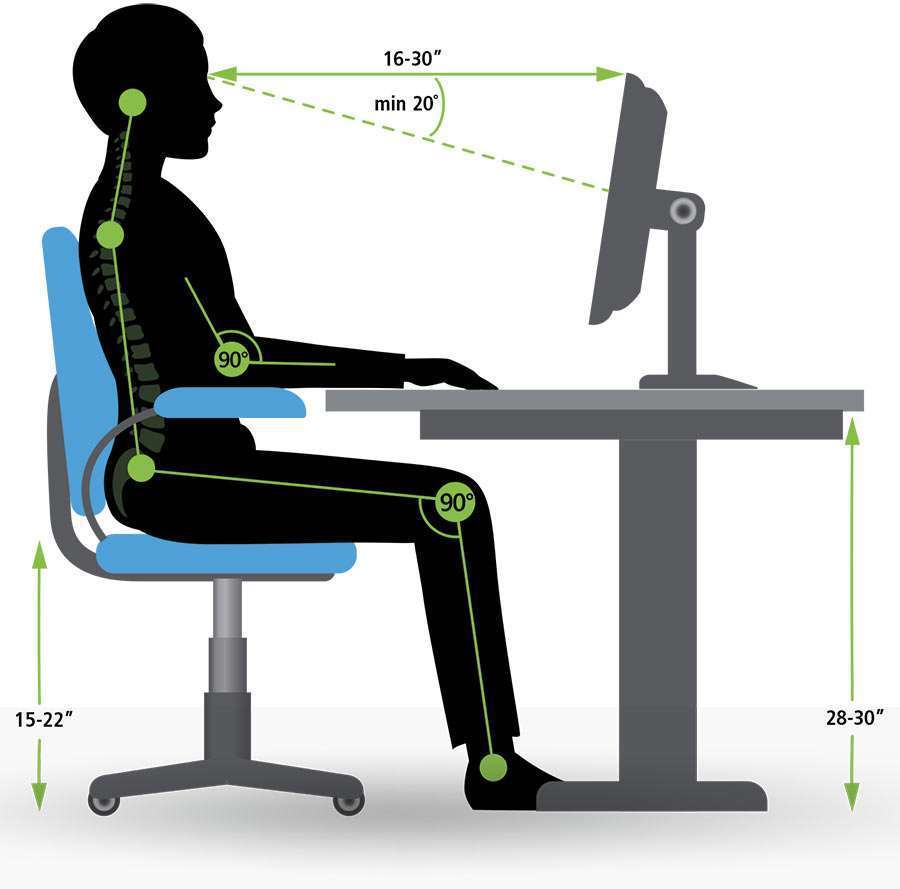Are you a software engineer, programmer, social media influencer, Netflix binge-watcher, or a video game player?
Does your work or hobby require a lot of computer or screen time?
If that is the case, then you need to look out for CVS or computer vision syndrome.
What is CVS?
CVS (Computer Vision Syndrome), also known as digital eye strain, is a group of eye problems that result from prolonged use of digital screens.
It is a growing concern, especially in the world we are living in now, with increased usage of computers, mobile phones, television, etc.
How to Know if I Have CVS?

Do you suffer from symptoms such as,
1. Grittiness in eyes
2. Watering
3. Eye strain
4. Headache
5. Eye fatigue
6. Heaviness in eyes
7. Blurred vision
If you are experiencing these symptoms, then you are probably suffering from CVS.
What Causes the Eye Strain?
Imagine that you are lifting a glass of water and keeping it up for 1 hour at a stretch. What will happen?
You will be sore by the end of it.
Now imagine if you are working constantly looking at your screen. Your eye muscles are constantly working to focus and refocus. What will happen if you do this for hours and hours without taking any break?
You will get an Eye strain.
This problem increases with age as the eye muscles start to weaken.
Also, when we are concentrating at our computer screen, our blink rate decreases.
Why Blinking is Important?
Every time we blink, our ocular surface is washed off of it’s previous tear film and a fresh coat of tear film is applied over it. This ensures a healthy cornea and a clear vision.
A normal individual blinks at an average rate of 10-15 times per minute.
But during concentrated work, this is reduced to as low at 4-5 times per minute.
As a result, there is redness and watering.
How to Prevent CVS?
Preventing CVS is a matter of cultivating healthy habits and making a few adjustments in our lifestyle.
So here are some methods to keep you healthy and productive.
1. Eye exercises help in relaxing your eye muscles and in reducing eye strain. If you want to know about some eye exercises, you can read this article.
2. Blink consciously so that the tear film spreads evenly.
3. Apply the 20 20 20 rule: After every 20 minutes of computer work, look at an object 20 feet away for 20 seconds.
4. Maintain a proper sitting posture. Sit straight on your chair, keep your computer at an arm’s distance, and keep the screen low by around 15-20 degrees. This allows your upper eyelid to cover more of your ocular surface and prevent its drying.

5. Sit in a room with adequate lighting.
6. Constant use of lubricating drops, which can be bought OTC (over-the-counter) or preferably after consulting your doctor.
7. Avoid eye makeup on oil glands that are situated just behind your eyelashes as it can clog the oil gland openings and cause dryness and even stye.

8. Get your eyes examined and wear the prescribed glasses. Usually, uncorrected refractive power can cause CVS.
9. Change the illumination settings of your screen by lowering the brightness or using the reading mode.
10. Avoid sitting in an area with direct fan or air conditioner ventilation.
A Quick Summary
CVS is caused by eye muscle fatigue due to prolonged work, which is exaggerated by uncorrected refractive error and by factors causing drying of eyes.
These factors could be decreased blink rate, AC environment, improper positioning of computer, improper lighting etc.
This can be prevented by simply following the rule of 20, using lubricating eye drops and getting your eyes tested for any refractive error.
If you have any doubts or queries, feel free to drop us a message.

